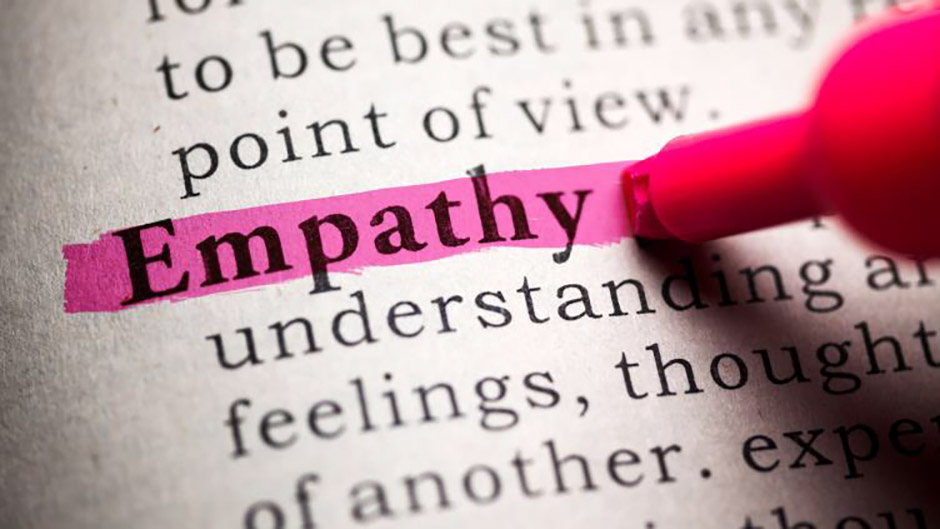In the realm of product development and business strategy, two terms frequently dominate discussions: User Experience (UX) and Customer Experience (CX). At first glance, these concepts may appear synonymous, but they encompass distinct realms of focus and importance. As we embark on this journey of understanding, we’ll delve deep into the differences between UX and CX, uncover their unique roles, and, by the end, discover how Product Squire can guide your organization toward excellence in both.
The Essence of User Experience (UX)
At the heart of UX lies the user—the individual who interacts with your product or service. UX is about creating a seamless, enjoyable, and efficient journey for this user. It encompasses everything from the user interface (UI) design to the overall usability of the product.
1. Focused on Interactions: UX concentrates on the interactions between users and products. It dives into the details of how users navigate, interact with, and derive value from a specific interface or application.
2. Individual-Centric: UX design revolves around individual users and their preferences. It seeks to ensure that each user’s journey is optimized for their unique needs and goals.
3. Enhancing Usability: The primary goal of UX is to make the product as user-friendly as possible, reducing friction and making tasks easy to accomplish.
4. Continuous Iteration: UX design is an iterative process that involves constant improvement based on user feedback and evolving technology.
The Significance of Customer Experience (CX)
Customer Experience, on the other hand, zooms out to encompass the entirety of a customer’s interactions with a brand. It’s about the holistic journey, starting from the first point of contact and continuing through purchase, support, and post-sale engagement.
1. Beyond Product Interaction: CX is not limited to the product itself but encompasses every touchpoint with the brand—marketing, sales, customer support, and more.
2. Relationship Building: CX focuses on building and nurturing long-term relationships with customers. It’s about ensuring that every encounter with the brand leaves a positive impression.
3. Emotionally Charged: CX often taps into emotions, aiming to create memorable and emotionally resonant experiences that foster loyalty.
4. Measuring Customer Satisfaction: Metrics like Net Promoter Score (NPS) and Customer Satisfaction (CSAT) are commonly used to gauge CX success.
Bridging the Gap
While UX and CX have distinct focal points, they are not isolated concepts. In fact, they intersect at numerous points in the customer journey. A delightful user experience contributes to a positive customer experience, and a satisfied customer can become a loyal user.
Product Squire: Your Guide to Excellence
At Product Squire, we understand the intricate dance between UX and CX. Our expert consultants can help your organization bridge the gap, ensuring that your products not only delight individual users but also contribute to a holistic, memorable, and positive customer experience. We specialize in coaching and consulting, empowering your team with the skills and insights needed to excel in today’s competitive landscape.
In conclusion, the difference between User Experience (UX) and Customer Experience (CX) is nuanced yet critical. While UX focuses on individual interactions within a product, CX embraces the entire customer journey with the brand. Both are essential, and their synergy can lead to customer satisfaction, loyalty, and business success. Product Squire is your trusted partner in mastering this intricate balance, ensuring that your organization thrives in the evolving landscape of user and customer expectations.




